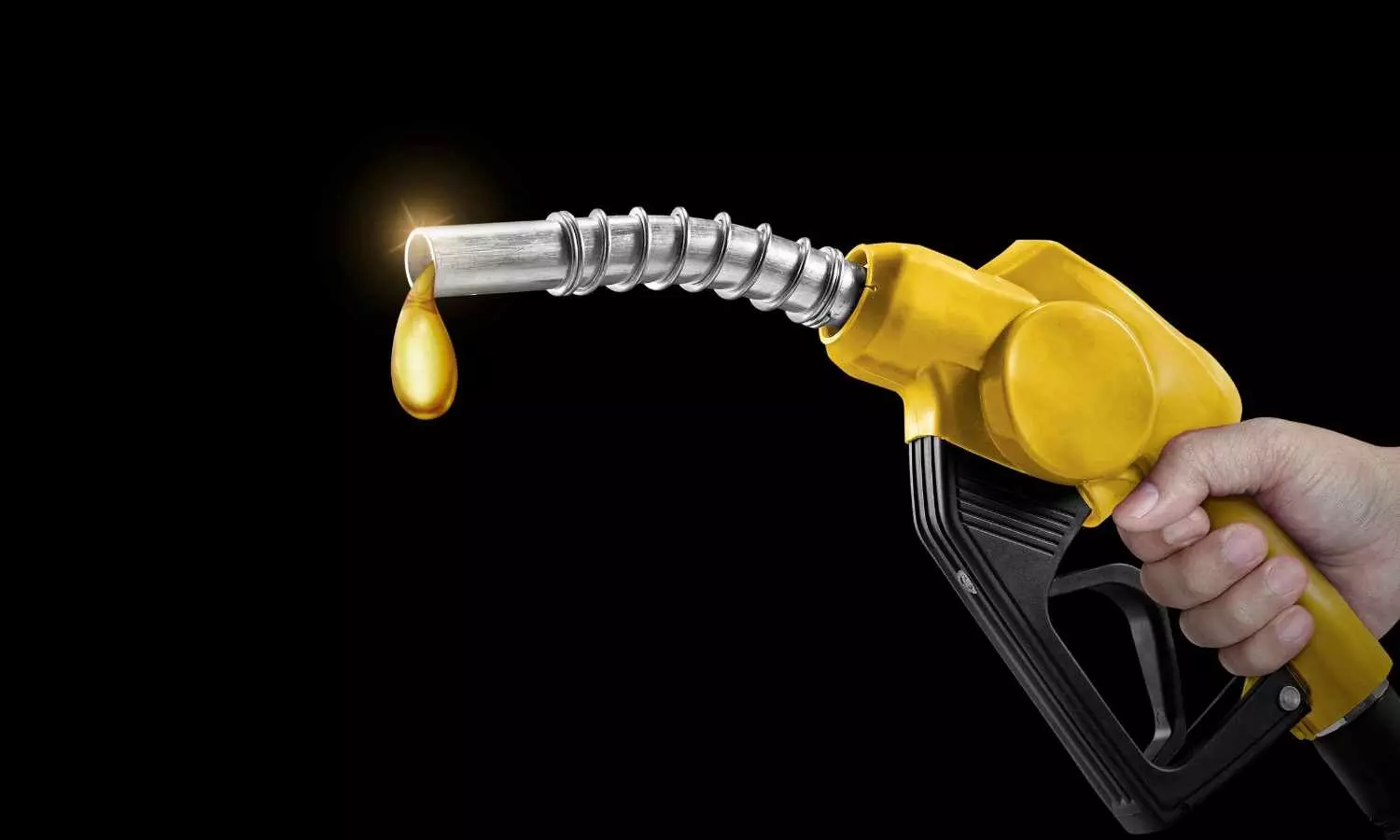Fuel of the future
Explore the fuel of the future and how next-generation energy sources are shaping a sustainable world. Learn about innovations driving clean and renewable power.
Fuel of the future

Hydrogen is widely considered a strong contender for the fuel of the future. It's the most abundant element in the universe and can be used to generate energy without producing greenhouse gas emissions. While pure hydrogen is scarce on Earth, it can be extracted from water using electrolysis, a process powered by renewable energy.
Hydrogen, the simplest and most abundant element in the universe, has the potential to be the fuel of the future. It's an energy carrier that can store and deliver energy in a usable form. In its pure form, hydrogen is a colourless, odourless and non-toxic gas. It's high in energy, yet an engine that burns pure hydrogen produces almost no pollution, making it a desirable source of power.
Hydrogen can be produced from a variety of resources. The most common method is through a process called steam methane reforming, which involves reacting natural gas with high-temperature steam. Electrolysis is another method, where an electric current is used to split water into hydrogen and oxygen. How hydrogen is produced determines whether it is defined as grey, blue, green or pink.
Grey hydrogen is currently the most common type of hydrogen. It's produced from natural gas through steam methane reforming. However, the process emits significant amounts of CO2, making it a less sustainable option.
Blue hydrogen, also known as low-carbon hydrogen, is similar to grey hydrogen, but the CO2 emissions from the production process are captured and stored or utilized, reducing its carbon footprint.
Green hydrogen is produced through the electrolysis of water, using renewable energy sources, such as wind or solar power. This process emits no CO2, making green hydrogen the most sustainable option. It's currently more expensive to produce than grey or blue hydrogen due to the high costs associated with renewable energy and electrolysis equipment.
Pink hydrogen is produced by using electricity from nuclear power to split water into hydrogen and oxygen through electrolysis. It's considered low-carbon, but the sustainability of pink hydrogen depends on the method of nuclear power generation and waste disposal.
In industry, hydrogen can be used as a feedstock to produce a range of chemicals and fuels. Depending on the type or colour of hydrogen, the derivative fuels can be used to lower emissions in energy-intensive industries and long-distance transportation, which is difficult to electrify. Green hydrogen made from renewable energy, for example, can be used to produce green ammonia and eMethanol, which can help decarbonize heavily emitting sectors, such as shipping and aviation. Hydrogen also has the potential to help decarbonize industrial processes that currently rely on fossil fuels, such as steelmaking.
Yet, there are also limitations to using hydrogen. Storing and transporting hydrogen can be challenging due to its low energy density. It also requires a significant amount of energy to produce. Furthermore, while fuel cells are becoming more efficient and cheaper, they are still more expensive than conventional combustion engines.
Hydrogen holds immense potential as a sustainable energy carrier. While there are challenges to overcome, particularly in terms of cost and infrastructure, the benefits of hydrogen in terms of sustainability and versatility make it a key player in the global energy transition.
Oil, gas and coal will supply 75% of the world's energy supply in 2035, despite the growth in renewable technologies, according to the latest predictions from the International Energy Agency (IEA)

